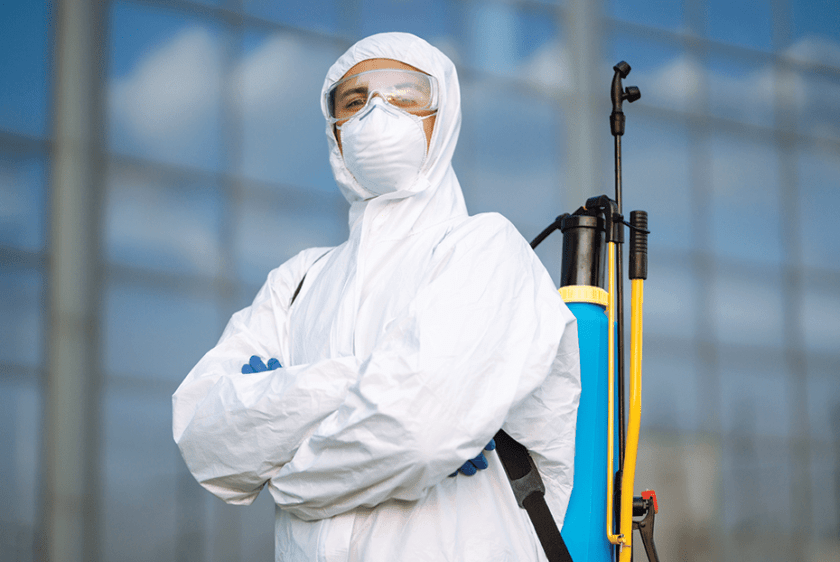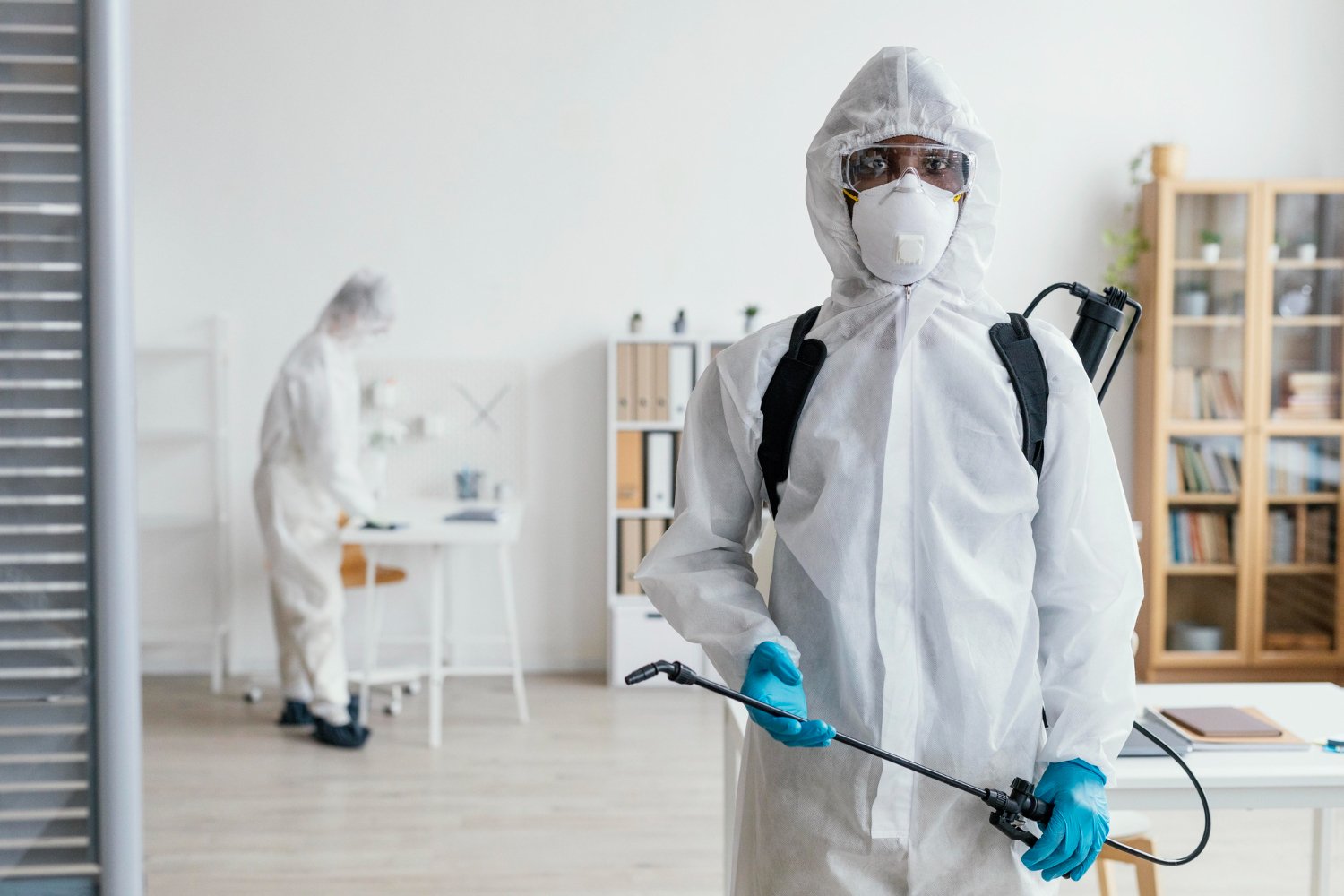Professional Solutions for Pest Problems from Pest Control Lockhart
Professional Solutions for Pest Problems from Pest Control Lockhart
Blog Article
Checking Out Infestation and Treatment Strategies on the planet of Bug Control
The landscape of parasite control incorporates a myriad of challenges, particularly as problems of usual family parasites remain to develop. Recognizing the actions and reproductive patterns of these nuisances is crucial for creating reliable therapy strategies. By integrating preventive actions with sophisticated administration strategies, such as Integrated Insect Management (IPM), house owners can better guard their environments. The efficiency of these methods may vary substantially based on specific situations. What underlying variables add to the success or failure of these methods in different setups?

Common Family Vermin
When it involves handling our living spaces, understanding common home pests is critical. These parasites not just interrupt our convenience yet can additionally pose health dangers and damages residential or commercial property. One of the most prevalent household parasites include ants, cockroaches, rodents, termites, and bed insects.
Ants, usually seen foraging in kitchen areas, can pollute food and establish large nests. Roaches, understood for their durability, can set off allergic reactions and spread pathogens. Rodents, including mice and rats, can cause architectural damage and carry diseases like hantavirus and salmonella. Termites, usually referred to as "silent destroyers," can endanger the integrity of wood frameworks, leading to costly repairs. Bed insects, although not illness service providers, can trigger significant pain with their bites and bring about emotional distress.
Identifying the indications of these bugs, such as droppings, nests, or bite marks, is vital for very early intervention (Pest Control Lockhart). Proper sanitation techniques, securing entry factors, and maintaining a clutter-free environment are efficient preventative procedures. By determining these usual household parasites and comprehending their actions, house owners can take proactive actions to reduce invasions, making certain a healthier living atmosphere
Recognizing Bug Infestations
Parasite problems can intensify quickly, turning a minor inconvenience into a significant problem if not attended to immediately. Usual factors adding to problems include bad cleanliness, architectural vulnerabilities, and seasonal modifications that drive bugs inside your home.
Determining the kind of pest is crucial, as various species exhibit varied habits and reproductive prices. As an example, rodents might develop nests in surprise locations while insects like cockroaches thrive in moist environments. Early detection usually rests on acknowledging indicators such as droppings, nibble marks, or uncommon audios, which can show a problem prior to it comes to be extreme.
Cozy, humid climates can facilitate the fast growth of bug populations, while modifications in landscape design or building can accidentally develop conducive settings. An educated method to comprehending these characteristics lays the foundation for effective parasite management methods in the future.
Therapy Techniques and Strategies
Reliable therapy techniques and techniques are necessary for reducing insect infestations and recovering a secure environment. A diverse address strategy is usually best, integrating chemical, organic, and mechanical methods tailored to the particular insect and the intensity of the infestation.
Chemical therapies include the use of pesticides and herbicides, which can efficiently remove bugs. Appropriate application and adherence to safety guidelines are crucial to lessen risks to humans and non-target microorganisms. Integrated Parasite Management (IPM) encourages the cautious use chemicals as a last hope, relying rather on surveillance and threshold degrees to establish intervention requirements.
Organic control approaches entail presenting natural predators or bloodsuckers to lower insect populations. This strategy is increasingly preferred, particularly in farming settings, as it promotes ecological sustainability.
Mechanical methods, such as catches and obstacles, provide instant alleviation from bugs without presenting chemicals. Alternatives include sticky catches for insects or physical obstacles for rats.
Inevitably, the selection of treatment approach ought to consider the specific bug, the setting, and prospective effect on human wellness and environments. A well balanced combination of these techniques can properly manage problems site web while promoting long-term parasite control options.
Safety Nets for Homes
Proactively dealing with parasite concerns prior to they intensify is essential for my blog keeping a healthy home atmosphere (Pest Control Lockhart). Carrying out effective precautionary measures can significantly decrease the probability of problems, eventually protecting both your property and wellness

Proper landscaping likewise plays a crucial duty in prevention. Keeping bushes and trees trimmed away from your home decreases the chances of bugs locating their method inside your home. In addition, make sure that drainage systems are working effectively to protect against standing water, which can reel in mosquitoes and various other bugs.
Last but not least, routine inspections are recommended. Consistently examining for indicators of bug activity enables very early treatment. By taking on these safety nets, property owners can develop an environment that is much less hospitable to parasites, thus improving their overall quality of life and reducing the need for extensive bug control treatments.
Industrial Insect Control Techniques
An extensive approach to industrial bug control is important for businesses intending to maintain a secure and hygienic setting. Reliable techniques entail a combination of normal inspections, staff member training, and the implementation of Integrated Insect Monitoring (IPM) methods.
Routine examinations allow early detection of pest task, enabling timely intervention. Companies should establish a routine schedule for these assessments, focusing on risky locations such as kitchens, storage space areas, and garbage disposal websites. Staff member training is just as vital; personnel must be enlightened on the signs of parasite problems and the importance of reporting them quickly.
Carrying out IPM methods helps minimize bug problems sustainably. This includes environment alteration, such as securing entrance points and reducing clutter, as well as employing natural deterrents prior to considering chemical treatments.

In addition, working together with a licensed pest control company ensures access to expert understanding and innovative therapy alternatives. This partnership can cause tailored parasite control prepares customized to the certain demands of business, lessening risks and enhancing total effectiveness. Inevitably, a proactive and informed approach fosters a pest-free environment, securing both public wellness and service track record.
Conclusion
Finally, effective parasite control demands a detailed understanding of usual household bugs and their behaviors, combined with targeted therapy techniques. Applying preventive measures along with treatment strategies such as Integrated Pest Monitoring and organic control enhances the capacity to alleviate invasions. Regular evaluations and a combination of chemical and mechanical solutions even more add to preserving pest-free settings. Ultimately, a well-rounded technique to pest management is vital for safeguarding living areas from undesirable burglars.
Report this page